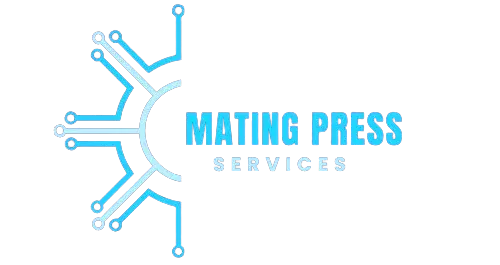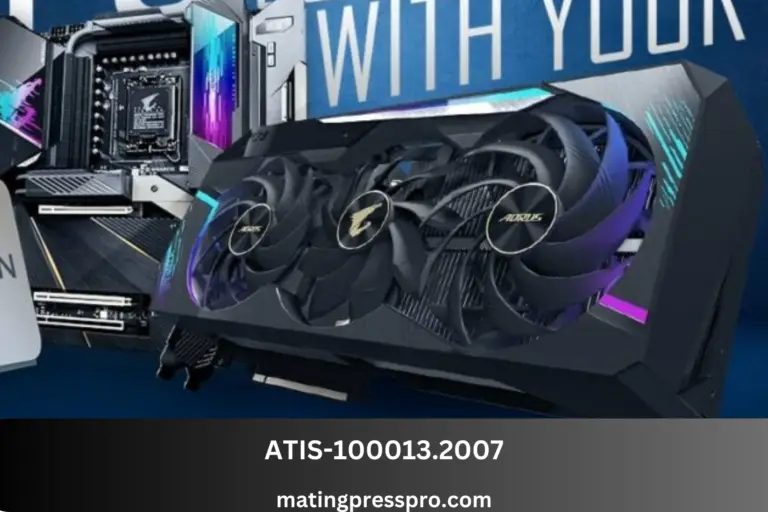ATIS-100013.2007: Revolutionizing Technology Integration
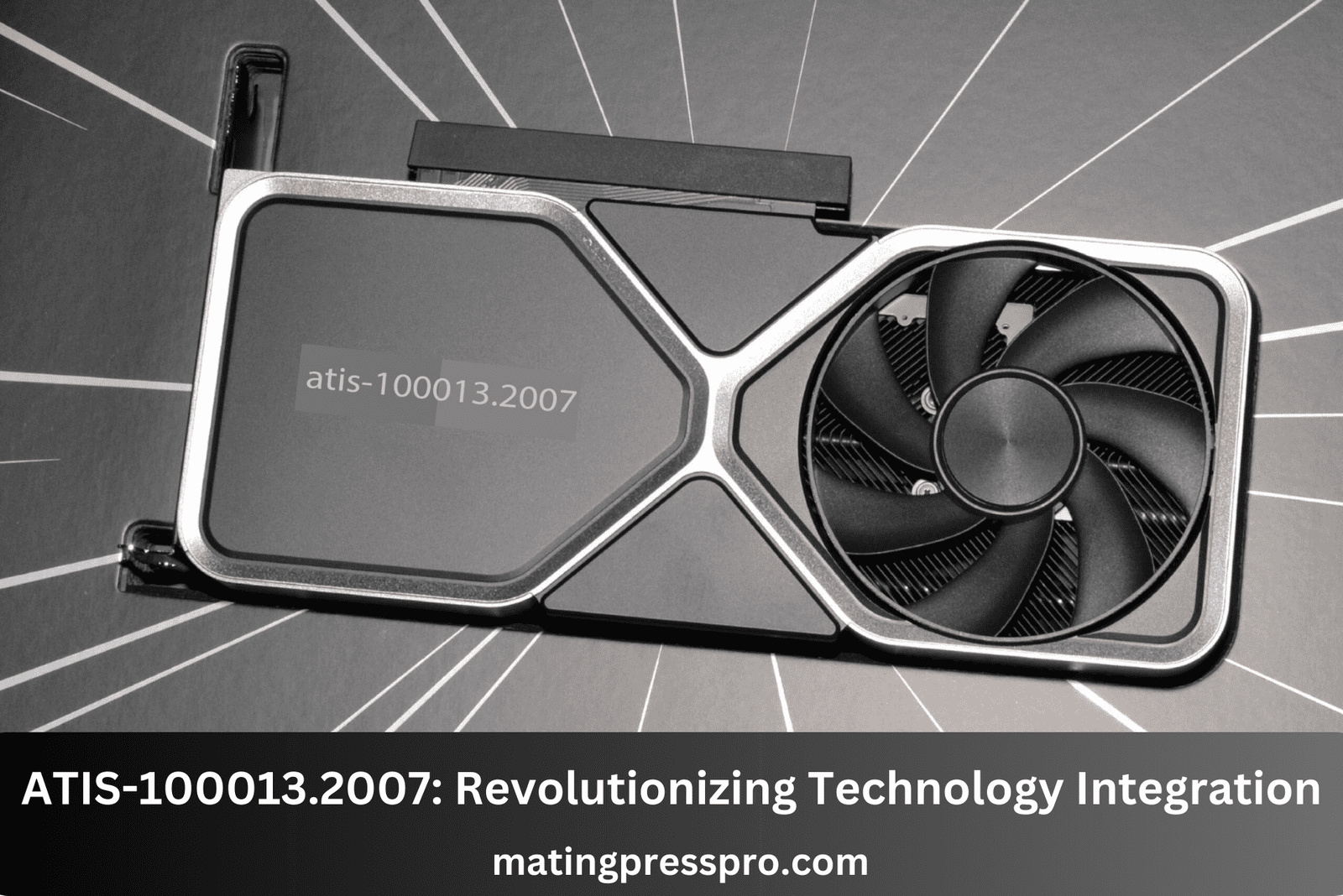
To guarantee a smooth integration and interoperability between different systems, standards and frameworks are indispensable in the ever-changing technological realm. The standard is ATIS-100013.2007, and it has altered the way businesses approach technology integration across industries. This essay examines ATIS-100013.2007 with regard to its technology integration impact, implementation tactics, practical use cases, advantages and complexities.
What is ATIS-100013.2007?
ATIS-100013.2007 is a comprehensive industry standard created by Alliance for Telecommunications Industry Solutions (ATIS) which has revolutionized how organizations approach technology integration within their spheres. read more about ATIS-100013.2007.
This article examines ATIS-100013.2007, its impact on technology integration, implementation strategies, benefits and real-world applications.
Core Components of ATIS-100013.2007
1. Standardized Protocols
Standardized protocols are one of the pillars of ATIS-100013.2007; these standards define communication rules and conventions needed for accurate and reliable information exchange between different technologies, enabling higher compatibility levels between various technological components used by an organization which leads to improved efficiency and performance.
Advantages of Standardized Protocols
• Consistency: This presents standardized protocols which reduce system inconsistencies leading to errors among systems.
• Scalability: With this implementation, organizations can easily increase their IT infrastructure through the integration of new systems that conform to similar protocols
• Cost Savings: The need for custom solutions will be reduced resulting in lower costs and faster time-to-market.
2. Integration Frameworks
The integration frameworks mentioned in ATIS-100013.2007 provide a structured way of handling technology systems implementations as well as management in general. These frameworks are specific guides on how different components should be integrated so that they can have cooperation within them without any conflicts or mismatches.By using these frameworks companies can simplify the process of integrating different parts thereby reducing complexities involved while minimizing possibilities for failure.
Key Features of Integration Frameworks
• Structured Approach: By following a systematic approach to integration, there will be fewer opportunities for mistake-prone inefficiencies that may arise.
• Best Practices: This means that the frameworks employ the best methods of integrating technology systems in the business.
• Flexibility: The frameworks are designed to accommodate a wide range of technological systems making them adjustable to suit different organizational needs.
3. Interoperability Guidelines
ATIS-100013.2007 regards interoperability as an important aspect. It is thus important for organizations using multiple technology components as part of their operations.
Benefits of Interoperability
• Seamless Integration: Inter-addressing has provided easy assimilation into existing technology environments.
• Enhanced Collaboration: This enables better collaboration among various technologies’ components thereby optimizing overall system performance.
• Future Proofing: Through interoperability, it is possible to integrate new technologies with existing ones and thus keep pace with innovation in the industry.
Benefits of Adopting ATIS-100013.2007
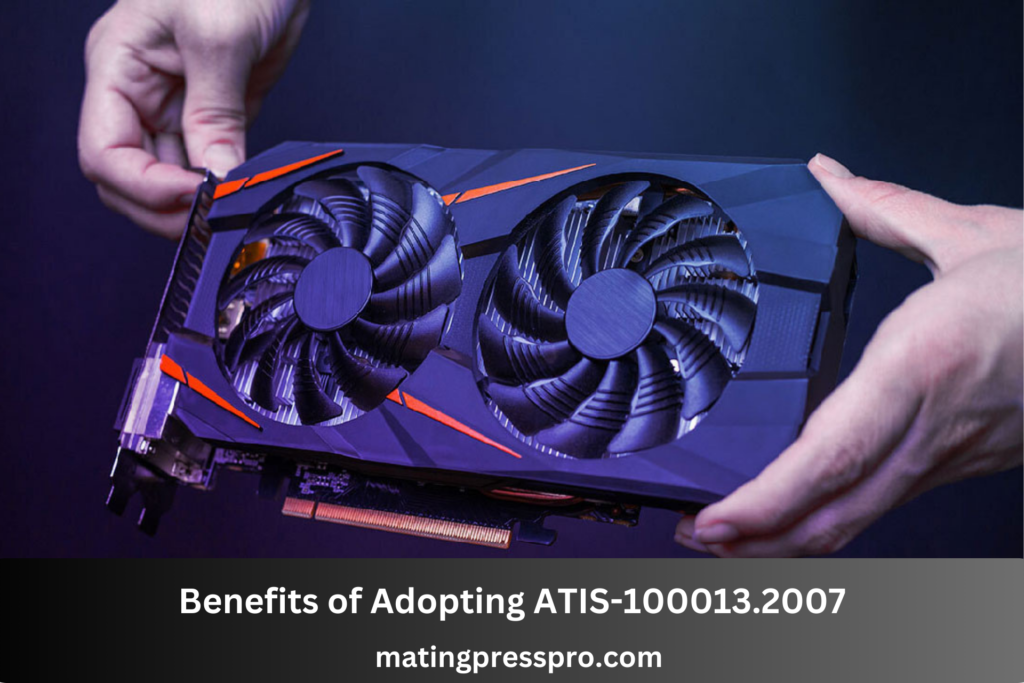
1. Enhanced Efficiency
There is a general improvement in operational efficiency that comes with implementing ATIS-100013.2007 because standardized protocols and integration frameworks quicken integration processes allowing firms deploy new technologies faster and fewer complications involved during deployment process itself.Higher levels of operational excellence can also be achieved through this document’s use by any organization which adopts it
How Efficiency is Achieved
• Reduced Integration Time: Standardized protocols and frameworks reduce time taken to implement new technologies (Hence less integration time).
• Lower Costs: Advanced system integrations eliminate custom solutions leading to cost savings
• Improved System Performance: Efficiently implemented IT projects enhance overall system performance reliability
2. Improved Dependability
The dependability of ATIS-100013.2007 is the most substantial advantage of this standard. The use of standardized protocols and interoperability specifications by the standard guarantees that technology systems are reliable and functioning accordingly, which minimizes disruptions and system failures.
Factors to Reliability
- Consistent Communication: Standardized protocols ensure accurate communication of systems hence minimizing errors.
- Reduced Downtime: Reliable integration reduces the risk of system failure and downtime thus enhancing overall system availability.
- Enhanced User Experience: Consistent user experience through reliable technology systems leads to higher satisfaction levels.
3. Future Proofing Technology Investments
Organizations can future-proof their technology investments using ATIS-100013.2007 by providing a framework that is capable of evolving with new technologies. This flexibility allows businesses to compete in a fast-changing tech environment.
Future Proofing Benefits
- Seamless Upgrades: Technologies that have been integrated using ATIS-100013.2007 can be easily upgraded or replaced without significant interruptions.
- Adaptability: Frameworks within the standard are built to accommodate new technologies, allowing organizations to keep up with developments in technology.
- Long-Term Value: Protecting against obsolescence increases the long-term value and usability of technology investments.
4. Implementing ATIS-100013.2007
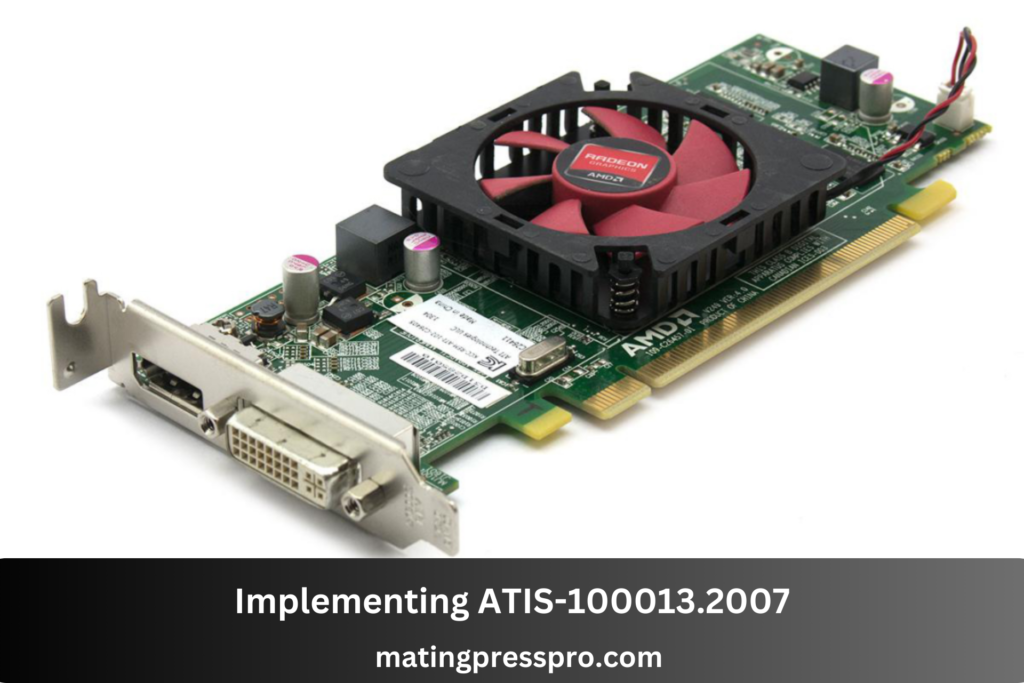
1. Assess Your Current Technology Infrastructure
Conduct an exhaustive assessment of your current technological infrastructure before you implement ATIS-100013.2007; this will help identify any gaps or compatibility issues that require attention as well as provide better comprehension on how the standard shall improve your existing systems upon implementation.
Steps in the Assessment Process
Inventory Existing Systems: Document all current technological parts’ status about how they are merged together now.
Identify Compatibility Issues: Check for compatibility among existing systems and new standard.
Evaluate Integration Needs: Consider what your organization – in particular – needs in terms of integration and see how ATIS-100013.2007 can meet these needs.
2. Develop a Strategic Integration Plan
Develop a comprehensive integration plan on how ATIS-100013.2007 is going to be integrated into the business procedures of your organization. To make this transition smooth, the strategy must include schedules, allocation of resources, key milestones among other things.
Components of an Integration Plan
- Objectives and Goals: The goals/purposes regarding the implementation of ATIS-100013.2007 are described below.
- Timeline: A timeline for the process including main milestones and deadlines should be created.
- Resource Allocation: Personnel, budgetary allocations, and technology are some examples of resources required for implementation.
3. Train Your Team
Training is an important aspect when it comes to implementing ATIS-100013.2007. Proper training will help your team understand the standard’s requirements and how to implement them hence efficiently managing the integration process by addressing any challenges that may arise effectively.
Training Considerations
- Training Programs: Comprehensive training programs should be developed to educate your staff about ATIS-100013.2007.
- Resource Materials: Provide learning materials and references as tools for ongoing learning purposes.
- Support and Guidance: Give continuous support so as to solve any issues or deal with questions that might come up during execution period.
4. Monitor and Evaluate
Continuously monitor how ATIS-100013.2007 affects your technological infrastructure once you have implemented them; regular assessments reveal areas for improvement while ensuring proper adherence to this standard at all times.
Monitoring and Evaluation Strategies
Performance Metrics: Performance metrics used to measure effectiveness of the implementation can be established through monitoring measures put in place.
Regular Reviews: Appraisals on compliance with ATIS-100013.2007 should be done periodically in order to identify any possible areas necessitating improvements as well.
Feedback Mechanisms: Feedback mechanisms can be set up to give an opportunity for users and stakeholders to express their views about the impact of the new standard.
Case Studies: Success Stories with ATIS-100013.2007
1. Case Study: Global Telecom Provider
Among other purposes, one of the world’s leading telecommunications companies utilized ATIS-100013.2007 to improve their internal network integration process. The implementation of standard protocols and integration frameworks has led to a significant reduction in time to integrate and cost. Increased confidence in their technological systems resulted in greater customer satisfaction and more efficient operations.
Key Achievements
- Reduced Integration Time: The company realized substantial time savings when it came to bringing on board new technologies.
- Cost Savings: Use of ATIS-100013.2007 that minimized the need for custom solutions led to considerable savings in costs.
- Enhanced Customer Satisfaction: Better system reliability increased customer satisfaction levels
2. Case Study: Financial Services Firm
A key financial services organization employed ATIS-100013.2007 as an integration tool for incorporating new fintech into its existing framework. A standard’s interoperability recommendations made possible seamless integration which allowed the organization to implement advanced solutions faster than before thereby resulting in better system performance and more robust technology environment
Key Achievements
- Seamless Integration: This enterprise successfully implemented new financial technologies with negligible disruptions.
- Improved System Performance: In turn, the technological environment became stronger and more productive
- Faster Deployment: This enabled it to deploy new solutions rapidly improving its competitive position.
Challenges and Considerations
1. Initial Implementation Costs
The cost of adopting ATIS 100013 2007 is among the greatest challenges posed by this standard initial investment expenditure may be required if organizations are to conform their current systems or purchase new hardware Nevertheless, one can argue that despite such initial costs, long-term benefits like improved efficiency outweigh them.
Managing Initial Costs
- Budget Planning: Make a detailed budget for the implementation including all costs associated with it.
- Cost-Benefit Analysis: Conduct a cost-benefit analysis to determine potential ROI.
- Financial Support: Explore any financial support or grants that may be available for technology upgrades.
2. Ongoing Maintenance
ATIS 100013 2007 is constantly revised thus organizations should direct valuable resources and efforts towards the conformity. This ongoing maintenance is crucial for maximizing the benefits of the standard.
Maintenance Strategies
- Regular Updates: Get informed about updates and changes on ATIS 100013 2007, then make your necessary systems update.
- Continuous Training: Keep providing education to your team members so they can learn about new approaches in their field of work through continuous training.
- Periodic Audits: Ensure you have frequent checks into compliance and improvements of ATIS 100013 2007
Technology Integration
In terms of technology integration, ATIS-100013.2007 represents an important milestone, as it offers a structured framework for implementing and managing these technological systems. By following its protocols and guidelines companies can increase efficiency, reliability and adaptability in their infrastructure of technology. Embracing ATIS-100013.2007 positions organizations for success in the ever-evolving tech landscape, ensuring that their technology investments deliver long-term value and remain relevant in the face of ongoing technological advancements.
The Future of Technology Integration with ATIS-100013.2007
As technology continues to advance, the role of ATIS-100013.2007 will only become more critical. Future developments may focus on enhancing existing protocols, expanding compatibility with emerging technologies, and promoting sustainable practices within technology integration.
Organizations that embrace this standard will position themselves at the forefront of innovation, leveraging technology to create more efficient, reliable, and user-friendly solutions. The standard’s adaptability ensures it will remain relevant as industries evolve, fostering continued growth and development.
Case Studies: Success Stories of ATIS-100013.2007 Implementation
To illustrate the effectiveness of ATIS-100013.2007, we can look at several case studies that showcase successful implementations across various industries.
1. Telecommunications Provider
A major telecommunications provider adopted the ATIS-100013.2007 standard to streamline its network operations. By implementing standardized protocols, the provider achieved a 30% reduction in downtime during network updates. This was accomplished by ensuring that all network components communicated seamlessly, minimizing compatibility issues. As a result, customer satisfaction increased significantly due to fewer service interruptions and improved connectivity.
2. Healthcare Institution
A regional healthcare institution integrated ATIS-100013.2007 into its electronic health records (EHR) system. This integration allowed for real-time data sharing between hospitals and outpatient clinics. The result was a dramatic reduction in patient wait times and improved treatment outcomes, as medical professionals had immediate access to comprehensive patient histories. Additionally, the institution reported a 20% increase in operational efficiency, attributed to better communication between departments.
3. Smart City Initiative
A metropolitan area began implementing the ATIS-100013.2007 framework in its smart city initiative. By integrating transportation, energy management, and public safety systems, the city was able to optimize traffic flow, reduce energy consumption, and enhance emergency response times. The smart traffic lights communicated with public transportation systems, allowing buses to have priority at intersections. This holistic approach resulted in a 15% decrease in average commute times for residents.
The Path Forward with ATIS-100013.2007
The future of technology integration with ATIS-100013.2007 is bright, and organizations that prioritize its adoption will likely reap the rewards. Continuous advancements in technology, particularly in areas such as artificial intelligence (AI) and machine learning, will further enhance the capabilities of this standard. As organizations leverage these technologies, they can expect even greater efficiency and innovation in their operations.
To remain competitive in today’s fast-paced technological landscape, businesses must embrace the principles outlined in ATIS-100013.2007. This proactive approach will not only ensure their systems are up-to-date but will also enable them to adapt quickly to future technological advancements, positioning them as leaders in their respective industries.
FAQs: about ATIS-100013.2007: Revolutionizing Technology Integration
1. What is ATIS-100013.2007?
So, what does ATIS-100013.2007 mean? It is an industry-standard document that was developed by the Alliance for Telecommunications Industry Solutions (ATIS). Its purpose is to provide a path for connecting and managing modern technology systems such that they are compatible, efficient, and reliable across multiple platforms. The standard includes recommendations on protocol standards, integration frameworks, and facilitation of interoperability.
2. What are the main components of ATIS-100013.2007?
The main components of this technological standard include:
a) Standardized Protocols: Communication rules that enable interaction between different technology systems.
b) Integration Frameworks: Structured processes for deploying technology systems.
c) Interoperability Guidelines: Principles for enabling effective interactions between various technology systems.
3. How does ATIS-100013.2007 benefit organizations?
What values can organizations derive from this standard?
IV. ATIS-100013.2007 offers significant advantages to organizations, including:
Enhanced Efficiency: Facilitates integration process making it faster, less costly
Improved Reliability: Ensures reliability and consistency in technology system operation
Future Proofing: Helps incorporate new technologies into existing ones thus ensuring its sustainability
4. What are the challenges of implementing ATIS-100013.2007?
Some challenges faced when implementing this standard are:
Initial implementation Costs: New technologies or system upgrades may require investments.
Ongoing Maintenance: Conforming to updates and successful implementation requires continuous effort.
5. How can organizations assess their current technology infrastructure before implementing ATIS-100013.2007?
Before ATIS-100013.2007 implementation, organizations should:
Inventory Existing Systems: Record all existing technology components and how they are integrated.
Identify Compatibility Issues: Establish the gaps or incompatibilities between the current set and new standards.
Evaluate Integration Needs: Know how ATIS-100013.2007 can address specific integration requirements
6. What steps should be taken to develop a strategic integration plan for ATIS-100013.2007?
To develop a strategic integration plan, first:
Define Objectives and Goals: Define what the implementation is supposed to achieve
Create a Timeline: Develop a timeline with key milestones of the integration process
Allocate Resources: Identify resources such as manpower, budgetary allocations, among others.
7. Why is training important for implementing ATIS-100013.2007?
Since your team will have to understand how to manage its integration into the system, training becomes crucial. Proper training helps address challenges, maximize benefits of this standard, and maintain compliance.
8. How should organizations monitor and evaluate the impact of ATIS-100013.2007?
Organizations can do this by ensuring;
Establish Performance Metrics: Set indicators that show whether it has been successful in meeting its goals or not.
Conduct Regular Reviews: Carry out regular checks on compliance issues as well as identify areas that need improvement
Implement Feedback Mechanisms: This way they will get comments from end-users and other stakeholders who would like to know how effective their new standard has been implemented.
9. Can you provide examples of successful implementation of ATIS-100013.2007?
Do you have any case studies on successful deployment of this technology standard?
V. Yes, for instance;
Global Telecom Provider: Realized decreased integration time and costs, greater system reliability, heightened end-user satisfaction
Financial Services Firm: Successfully implemented a new financial technology for improved systems performance and quick rollout.
10. How does ATIS-100013.2007 facilitate future-proofing technology investments?
This technology standard helps in safeguarding future investments by:
Enabling Seamless Upgrades: Integrate new technologies with existing ones seamlessly.
Providing Adaptability: Allows for new emerging technologies hence keeping its sustainability.
Enhancing Long-Term Value: Increases the value of the organization’s tech investment through continuous innovation.
Conclusion; ATIS-100013.2007
In conclusion, ATIS-100013.2007 represents a transformative step in the integration of technology across various sectors. By promoting standardized protocols, modular architecture, and comprehensive documentation, this standard enhances interoperability, scalability, and reliability.
The adoption of ATIS-100013.2007 enables organizations to improve operational efficiency and deliver better services to customers. As technology continues to evolve, the relevance and importance of this standard will only increase, making it a vital component of any organization’s technological strategy.
